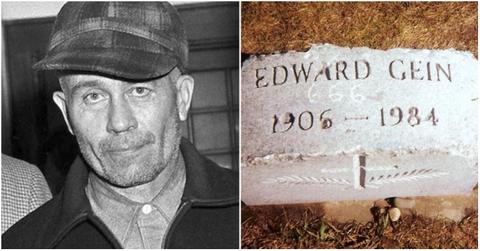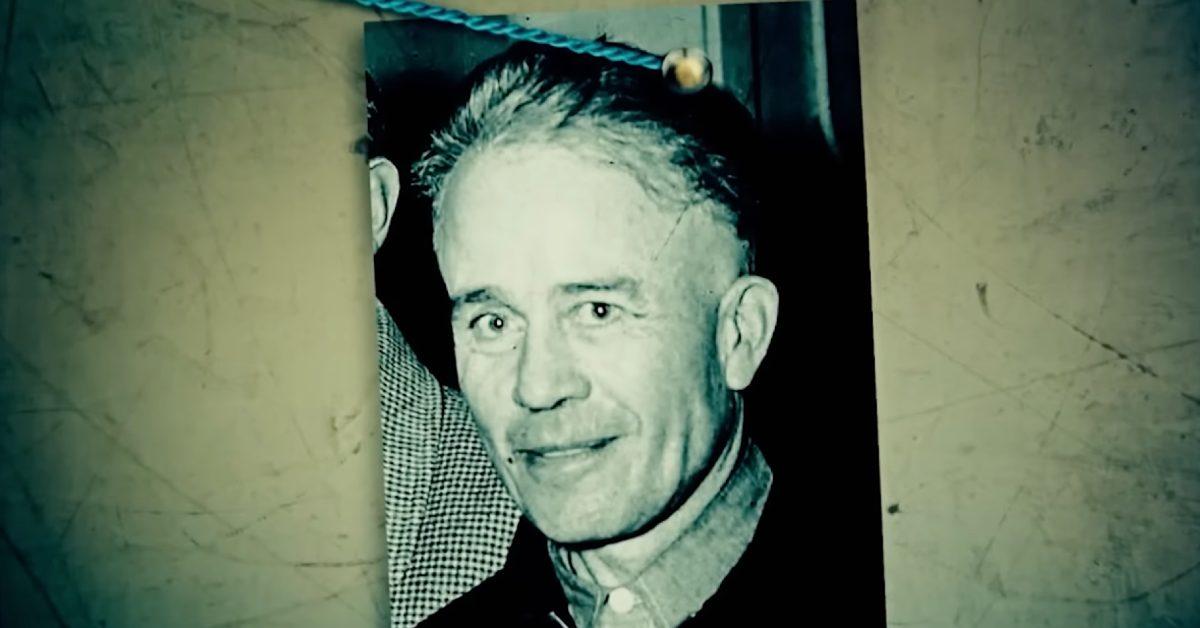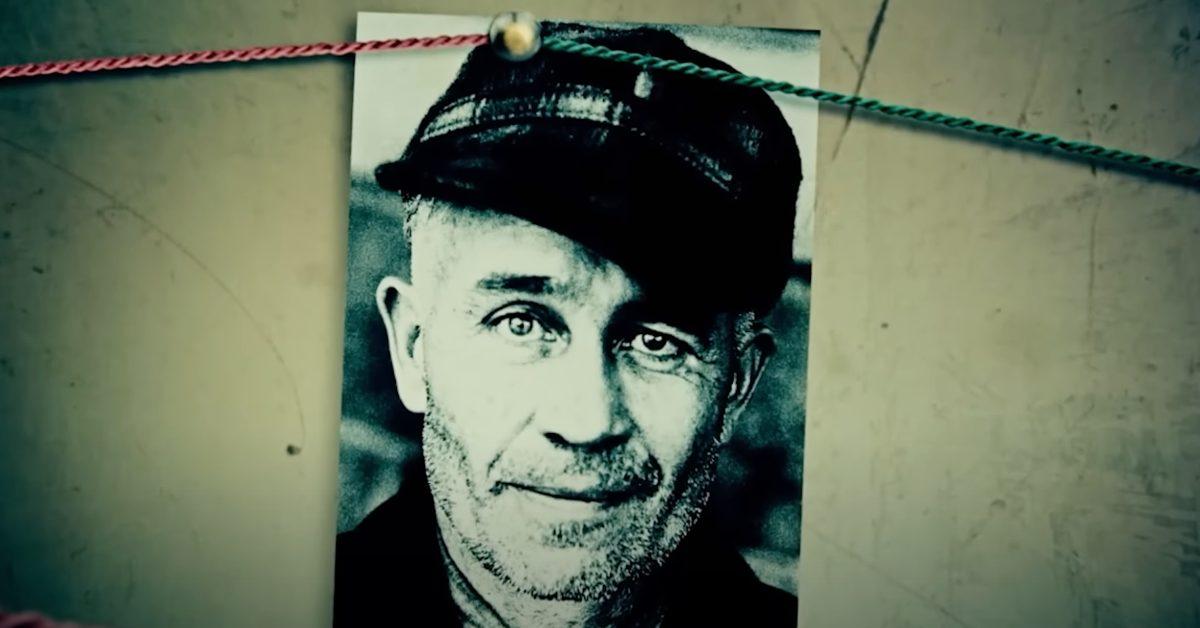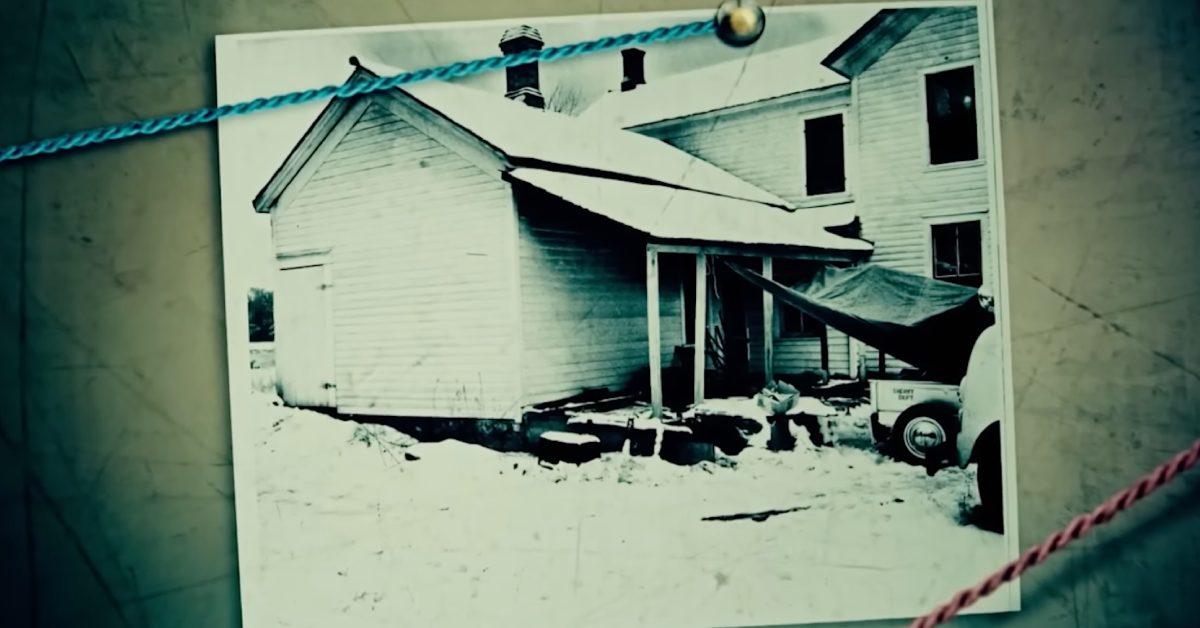Just How Many People Did Ed Gein Kill? 'Texas Chainsaw Massacre' Is Loosely Based on His Crimes
"Ed had two things in common with many psycho killers: an absent father and a controlling mother."
Published Aug. 28 2025, 6:31 p.m. ET
Serial killer and grave robber Ed Gein was, to put it mildly, a deeply disturbed man. Maybe you’ve heard of him, or maybe you haven’t, but you’ve almost certainly heard of the films Texas Chain Saw Massacre, The Silence of the Lambs, or Psycho, all of which were loosely inspired by his crimes. So yes, you might know him without knowing his name. Gein became notorious for collecting human remains as keepsakes, many of which reminded him of his mother. Some, he even used as decorations.
Some of the body parts came from his victims, while others were dug up from the graves of recently buried women, according to History. After authorities discovered his farmhouse filled with organs, soup bowls made from skulls, and other horrifying items, Gein was declared insane and sent to a state hospital in Wisconsin. He remained confined in psychiatric institutions until his death from cancer in 1984, per History. But just how many people did Gein actually kill?
How many people did Ed Gein kill?
That we know of, two. Ed Gein, famously known as the “Butcher of Plainfield,” only confessed to murdering two women in Wisconsin, though it wouldn’t be far-fetched to assume he may have killed more. According to the Sheboygan County Historical Research Center, there could be up to five other missing individuals who might have been Gein’s victims. But the only women he admitted to killing were Mary Hogan and Bernice Worden.
Gein’s first murder occurred in 1954 when he fatally shot Mary Hogan, a 51-year-old divorcee who worked as a saloonkeeper. She disappeared on Dec. 8, 1954, from the tavern she managed in Pine Grove, and her disappearance wasn’t linked to Gein until her remains were discovered in his home, or what can better be described as his shelter of madness.
The second murder, that of Bernice Worden, happened in 1957 on opening day of deer season, a day Gein strategically chose when the town was distracted by hunting, according to the research center. He went to the hardware store where Worden worked to buy antifreeze and a new .22 gun, but he secretly carried a .22 shell in his pocket.
When Worden pulled the gun out to show him, he loaded it and shot her in cold blood. Her son noticed she was missing just hours later, discovering a blood trail and a receipt for antifreeze. He remembered hearing Gein the night before say he would come back in the morning for the item. When police arrived at Gein’s home, they found Worden’s “headless, gutted body,” according to History.
Now, Gein had claimed he didn’t murder any other women, but instead collected other human remains from graves. Grave robbing alone eventually didn’t satisfy him, which is when he reportedly turned to murder. His body count could have easily been higher had he not left behind the one crucial clue — the antifreeze receipt.
Ed Gein reportedly used obituaries to identify potential victims to dig up.
Gein was able to locate recently buried bodies of women who reminded him of his mother by closely monitoring published obituaries, according to Time. While he reportedly admitted to only taking select body parts, like the head and a few others, he claimed to have only taken an entire corpse on just one occasion. Strangely, by accident, Gein once dug up a grave that “adjoined to his mother’s,” Time noted.



